- Joined
- Mar 29, 2016
- Messages
- 14,860
- Reaction score
- 8,315
- Can others edit my Photos
- Photos NOT OK to edit
Time restraints have really put a crimp in anything photography related. Had a few mins today to try out the 72" Umbrella (Glo) and diffusion cover.

For a comparison I moved the light in to about 4' and added the diffusion cover. I bumped the power up to F/ 18 just for fun. Even at the higher aperture, to me there's an overall greater softness between this and the first.

Like any new piece of equipment it's going to take some practice to find out I can best utilize it.
- Out of the box the umbrella itself seemed fairly study. The shaft itself seemed a little on the weak side when mounted to the light. I would suspect it wouldn't take much to bend it if it were to catch a little wind. However it did the job, and once slid up seemed sturdy enough.
- The elastic diffusion cover seems well made and slipped over the umbrella, snugging itself into place quickly and easily. Putting it up was another matter, as folding this 7' diameter cover with it's fitted elastic band around the outside, is sort of like folding a King Size fitted sheet. Nothing seems to work right and you finally give up in disgust, wad it up and stick it back into it's pouch.
For a comparison I moved the light in to about 4' and added the diffusion cover. I bumped the power up to F/ 18 just for fun. Even at the higher aperture, to me there's an overall greater softness between this and the first.
Like any new piece of equipment it's going to take some practice to find out I can best utilize it.


![[No title]](/data/xfmg/thumbnail/39/39224-aa3271aa220fe57f37caf898b6984846.jpg?1619738926)
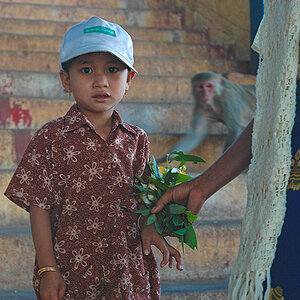

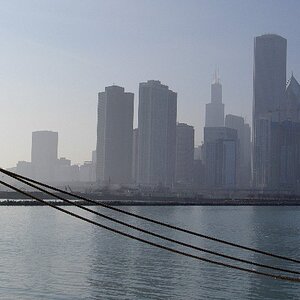


![[No title]](/data/xfmg/thumbnail/41/41798-aacfc8368463d919cba743fe318706b6.jpg?1619739897)
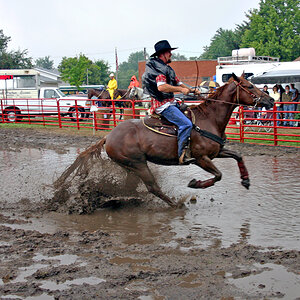
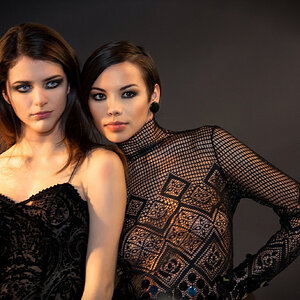
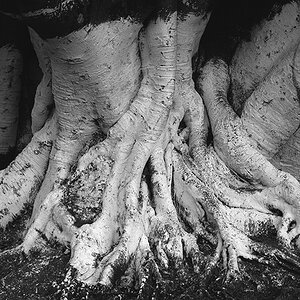
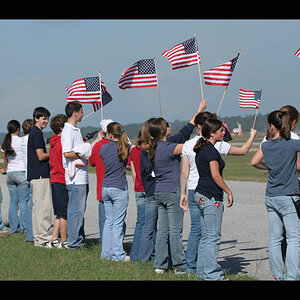
![[No title]](/data/xfmg/thumbnail/41/41797-ed370d68dae70f5b0a7252ec2d525912.jpg?1619739896)